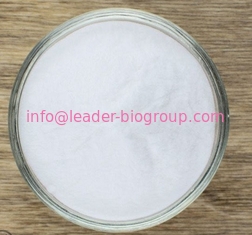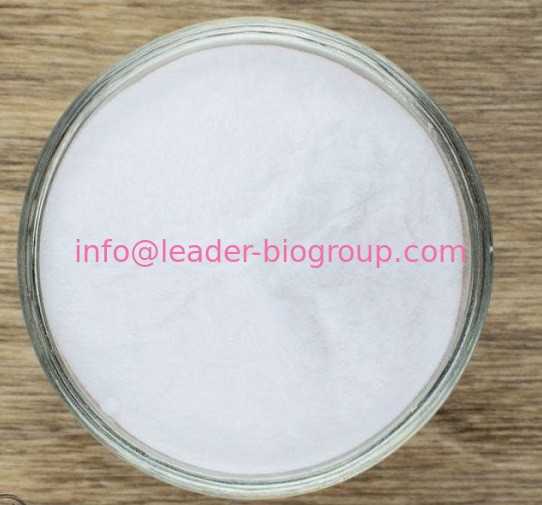| Description |
As the sodium salt of stearic acid, sodium stearate is a highly functional material that can be applied in various fields, especially in cosmetic formulations, where it is effective to stabilize emulsions like lotions, make products thicker, more viscous. It is also widely used in the deodorant produce, in which it can serve as a major constituent of soap produced by saponification of oils and fats. Besides, it can be applied in the production of latex paints, rubbers, inks and also a component of some food additives and flavorings.
The purified sodium stearate can be synthesized by neutrallzation reaction of stearic acid and sodium hydroxide. |
| References |
https://en.wikipedia.org/wiki/Sodium_stearate
http://www.tomsofmaine.com/ingredients/overlay/sodium-stearate
https://www.reference.com/science/uses-sodium-stearate-d24da30b6b85aa51# |
| Description |
Sodium stearate is the sodium salt of stearic acid. This white solid is the most common soap. It is found in many types of solid deodorants, rubbers, latex paints, and inks. It is also a component of some food additives and food flavorings. |
| Chemical Properties |
white to off-white powder |
| Chemical Properties |
Sodium stearate, NaC18H35O2, white solid, soluble, froth or foam upon shaking the water solution (soap), formed by reaction of NaOH and stearic acid (in alcoholic solution) and evaporating. Used as a source of stearate. |
| Uses |
Sodium Stearate is the sodium salt of stearic acid. it functions as a binder, emulsifier, and anticaking agent. it is used as a plasticizer in chewing gum base. |
| Uses |
Characteristic of soaps, sodium stearate has both hydrophilic and hydrophobic parts, the carboxylate and the long hydrocarbon chain, respectively. These two chemically different components induce the formation of micelles, which present the hydrophilic heads outwards and their hydrophobic (hydrocarbon) tails inwards, providing a lipophilic environment for hydrophobic compounds. It is also used in the pharmaceutical industry as a surfactant to aid the solubility of hydrophobic compounds in the production of various mouth foams. |
| Uses |
β-Lactamase inhibitor |
| Uses |
Pharmaceutic aid (emulsifying and stiffening agent). In glycerol suppositories; also in toothpaste; as waterproofing agent. |
| Uses |
sodium stearate is a fatty acid used as a waterproofing agent. Sodium stearate is one of the least allergy-causing sodium salts of fatty acids. It is non-irritating to the skin. |
| Production Methods |
Sodium stearate is produced as a major component of soap upon saponification of oils and fats. The percentage of the sodium stearate depends on the ingredient fats. Tallow is especially high in stearic acid content (as the triglyceride), whereas most fats only contain a few percent. The idealized equation for the formation of sodium stearate from stearin (the triglyceride of stearic acid) follows :
(C18H35O2)3C3H5 → C3H5(OH)3 + 3 C17H35CO2Na
Purified sodium stearate can be made by neutralizing stearic acid with sodium hydroxide. |
| Definition |
ChEBI: An organic sodium salt comprising equal numbers of sodium and stearate ions. |
| Safety Profile |
Poison by intravenous route. When heated to decomposition it emits toxic fumes of Na2O. |
| Purification Methods |
It is better to prepare it by adding a slight excess of octadecanoic acid to ethanolic NaOH, evaporating and extracting the residue with dry Et2O. [Beilstein 2 III 1003.] |

